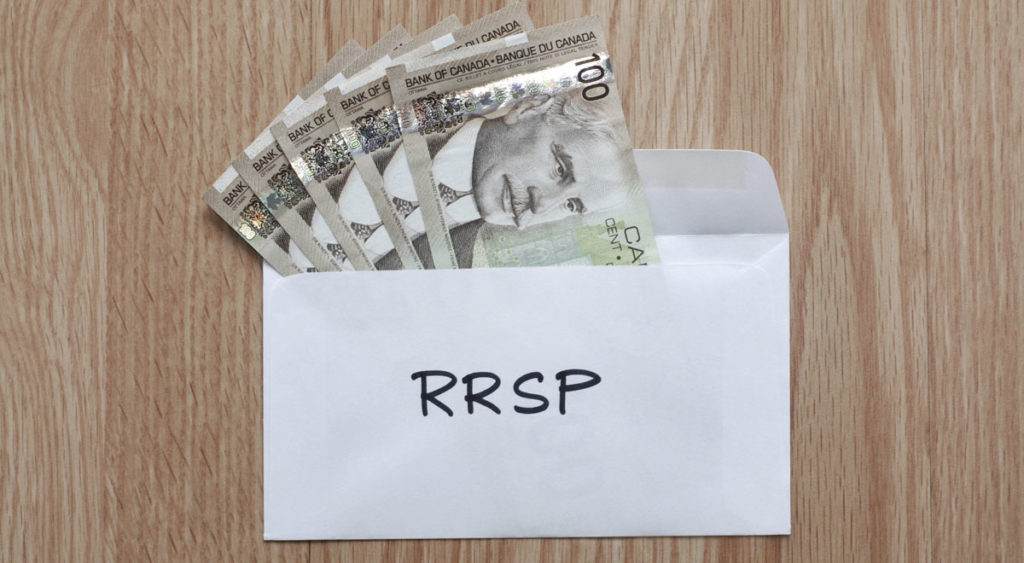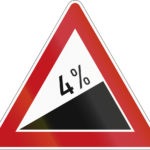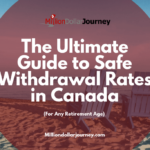|
Overview |
| Situation: Investors have plenty of questions about benefits of RRSPs.
My View: RRSPs provide significant value to retirement game plans. Solution: Master how RRSPs deliver steady, sensible accumulations. |
This is the time of year when I propose that you focus on “Planning Strategies 360°.” That is, your big picture. For example, review what is best for your family. Keep close tabs on your total nest egg. It’s too easy to become preoccupied only with RRSPs.
First, a few highlights about my overall approach:
- I recommend growing the RRSP wisely and sensibly over the long haul.
- Refrain from placing portfolio performance in top spot among your priorities.
- Never lose sight that your primary mission is to manage investment risks.
- Your goal is arrange streams of steady income during retirement decades.
RRSPs have grown substantially, many approaching $1,000,000 to $2,000,000 per account holder. Also consider that some investors own the RRSP’s financial cousin, a flavour of the Locked-In Retirement Account (LIRA). This is typically created when the commuted value of an employer pension is transferred to a locked-in account, resembling an RRSP.
Today’s LIRA values can easily range from $300,000 to $600,000. Although RRSP deposits cannot be made to a LIRA, the account needs to be invested alongside the rest of the nest egg.
Understanding RRSPs is essential to the multi-year planning marathon. RRSPs really fit like a glove for two camps of investors. Those without employer pension plans and the self-employed. Pay attention to how the RRSP fits into your family game plan. The power of tax-deferred compounding really delivers. Keep your RRSP mission simple and treat it as a building block. Take every step that improves the money outlasting your family requirements.
I summarize your vital RRSP planning areas:
1.) Closing 2020
Your 2020 RRSP limit is 18% of your 2019 “earned income”, to a maximum of $27,230. This sum is reduced by your “pension adjustment” from the 2019 employment slip. The allowable RRSP contribution room includes carry-forwards from previous years.
RRSP deposits made by March 01, 2021 can be deducted in your 2020 income tax filing. There is no reason to wait until the last minute where funds are available. Your 2019 Canada Revenue notice of assessment (NOA) outlines the 2020 RRSP room.
My table illustrates the progression of annual RRSP limits:
| Tax Year | RRSP Limit | Earned Income Required* |
| 2018 | $26,230 | $145,700 in 2017 |
| 2019 | $26,500 | $147,200 in 2018 |
| 2020 | $27,230 | $151,300 in 2019 |
| 2021 | $27,830 | $154,600 in 2020 |
* Figures rounded
2.) Sensible strategies
I can’t emphasize enough to always treat the RRSP as an integral part of the total game plan, not in isolation. Become familiar with how the RRSP fits the family objectives before designing your game plan. A retirement projection is a great starting tool. It estimates saving capacity injections, necessary capital and investment returns for the family.
RRSP deposits don’t have to be made every year. Unused RRSP room can be carried forward until funds are available. RRSP deposits can be made in cash or “in kind.” I suggest sticking to cash. You can also make an allowable RRSP deposit and elect to deduct part or all in a future year. Ensure that all your beneficiaries are named.
Borrowing funds to catch up on RRSP deposits has saving capacity implications. Ideally, keep loan repayment to one year and apply the tax refund to it. Especially, when contemplating an RRSP loan for multiple years. Note that RRSP loan interest is not deductible.
3.) Spousal accounts
RRSP deposits can be made to your account, the spouse, or combination of both. A family can also make all deposits to one spouse and later switch to the other. Spousal RRSPs play a key role in equalizing a family’s retirement income. Particularly, in cases where one spouse will be in a low, or lower, tax bracket during the family’s retirement.
The contributor deducts the spousal RRSP deposit while the recipient owns the investments. Spousal deposits are not limited to the 50% rule for pension income splitting. A top family goal is to achieve similar taxation for each spouse during retirement. Splitting of income that qualifies for the $2,000 pension credit also helps.
4.) RRSP investing
Begin by coordinating your RRSP investing approach with the total portfolio. One RRSP account per individual, plus a spousal where applicable, should suffice for most cases. Be aware of plan fees if you own more than one account.
Never place tax provisions ahead of sensible investment strategies. If investments don’t make sense without tax enhancements, look elsewhere. Investment income earned in RRSP accounts is tax-deferred until withdrawn. All funds received from an RRSP are fully taxable, like salary.
“Location” of investments in your accounts is important. For example, stocks may be better held outside RRSPs. There is no favourable tax treatment of Canadian dividends, gains or losses in RRSPs. Further, the dividend tax credit is lost as it cannot be used in RRSPs. Continue Reading…







